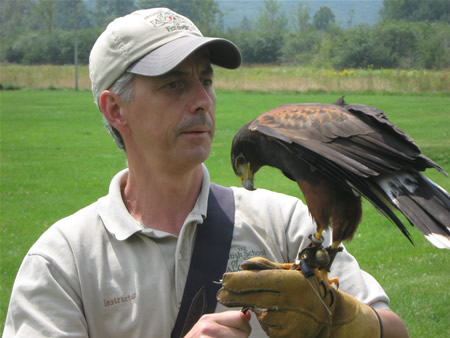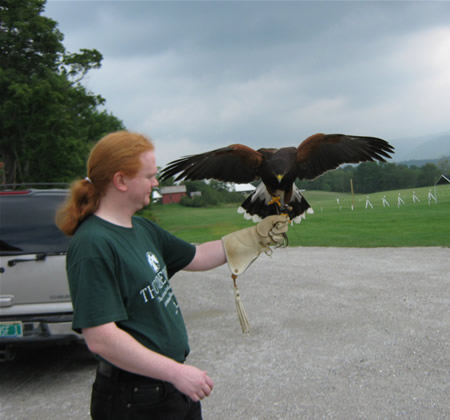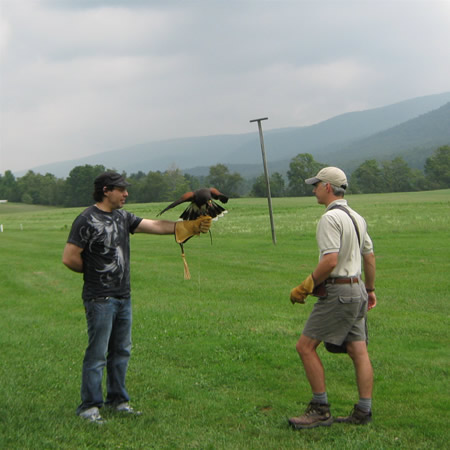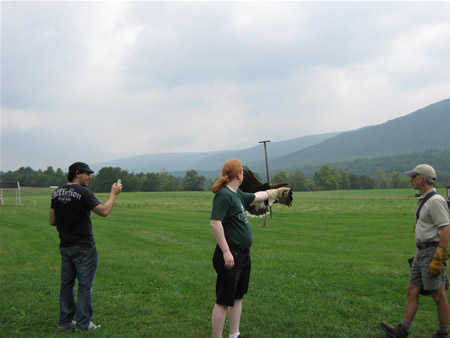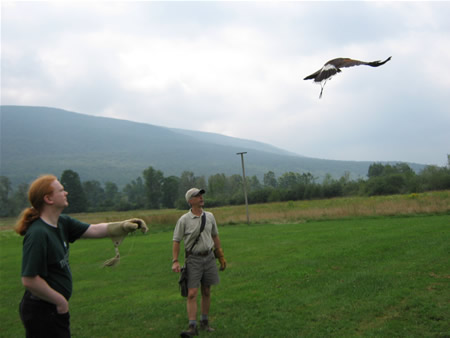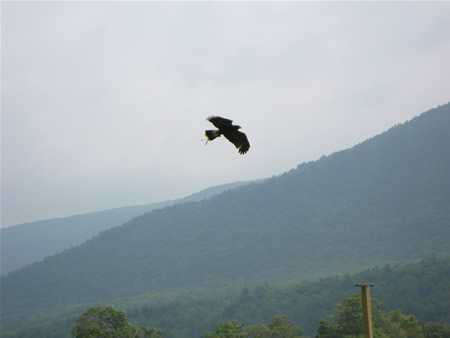
I like to think that I remember the show because of the writing. Max was one of the first shows about the media, and how the modern life has become more and more entwined with television. The plots were fairly standard (Ace reporter Edison Carter discovers an injustice, and gets on the air at the last moment to right the wrong). But the MacGuffins that drive the stories are very perceptive and unusual.
The conflation of television and politics is particularly relevant today, when we have television personalities holding political rallies, and getting the nation whipped up over this molehill or that. While we have not reached the point of Max Headroom where it is illegal to turn the television off, there is precious little difference between someone who can't turn their television off, and someone who won't.
The plots also usually depend on there being someone moral in a chain of events that will say "no" to the murder or imprisonment of an innocent person. For every monster out there, there is a moral individual who is able to stop them. Considering that the show is remembered for being very 'cynical' Max Headroom held the positive view that someone in the chain of command can stop an atrocity.
Part of the fascination with the show, twenty years later, is how close it comes to being real. The episode "Academy" features a show trial on Network 23, which is rather creepily reminiscent of the OJ Simpson trial.
Amazingly, in the dark future, there are few guns, and no one gets shot. I wonder if this is primarily because the writes of the show were English, rather than American. None of the show's problems have yet been solved through violence. It's the tool of terrorists and fascists.
The characters spend a lot of time watching screens and watching people interacting with screens. And not just because Max, the titular character, is confined to one. It's rather disconcerting... there's about as much face time as there is someone talking to someone over a screen. And there's more tapping on keyboards than Jessica Fletcher ever did.
Max should also be remembered for the contradiction he was. A prime-time show that critiques the media it was on. An anti-media icon that shilled for Coca-Cola. Did the producers and writers of Max sell out? Or were they cleverly co-opting a media to get their message out? It's hard to tell, but it's a lot of fun to analyze.
